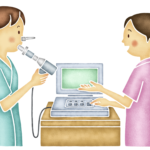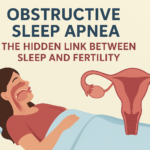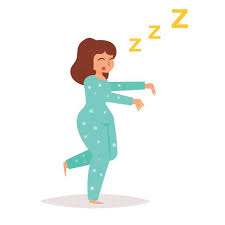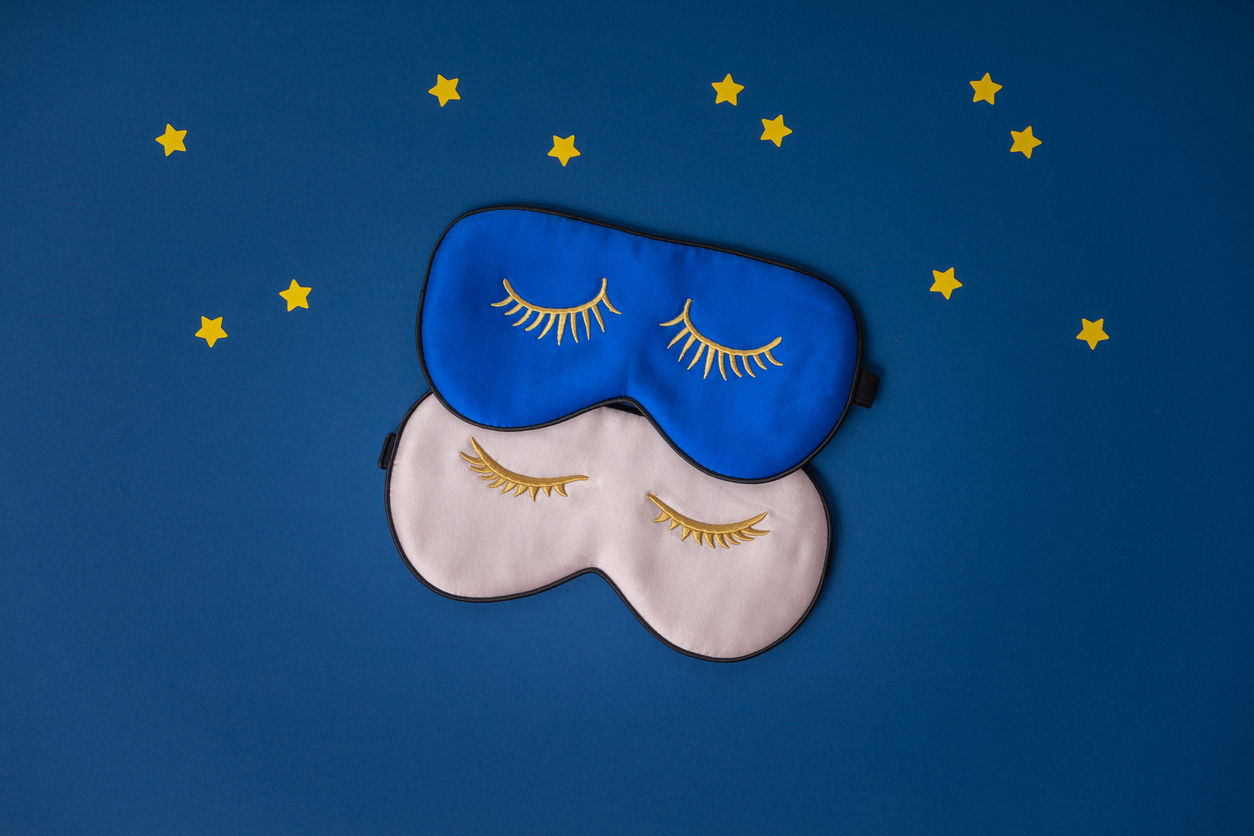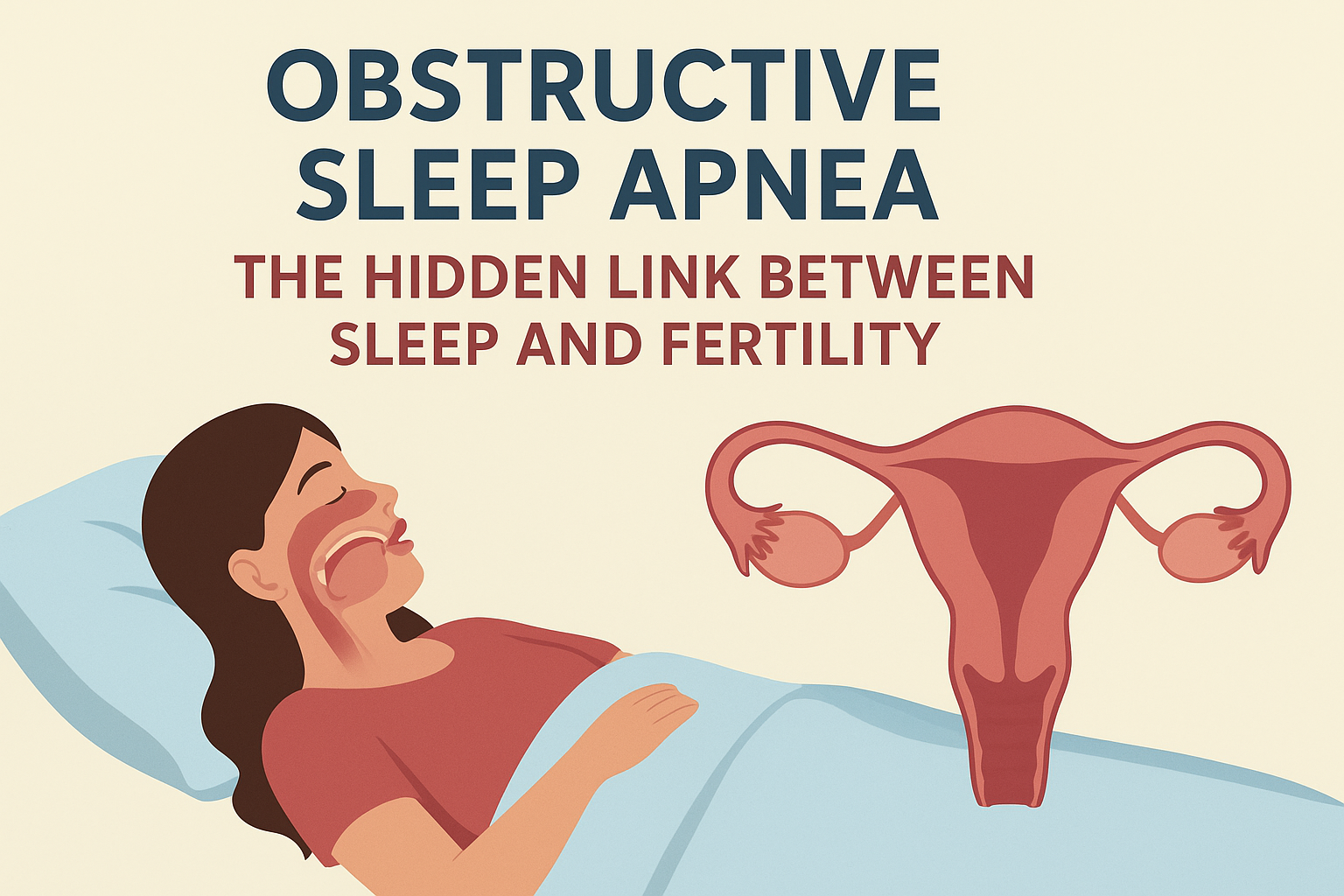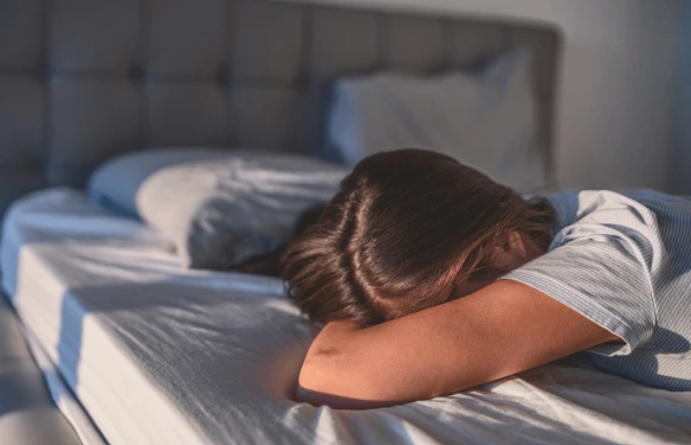April 1st 2021|| Sleep Walking, Causes, By Dr.Manvir & Saunri
Sleep walking
Sleepwalking or somnambulism is a sleep disorder in which an individual experiences unwanted activities such walking, talking etc. during sleep. These can occur during the non rapid eye movement or NREM stage of sleep. While sleep walking, the person shows unusual behaviors such as getting up from the bed and walking around, or staring with glazed eyes, or sitting with their eyes open and they generally do not respond or communicate if they are asked something.
Studies have shown that sleep walking affects about 4% of adult population. Sleep walking is more common in children between age four to eight years and is gone by twelve years of age. Sleep walking in children is influenced by parental history; the prevalence is around 22.5% for children when both their parents are not affected and increases to about 61.5% in children whose both parents have been affected by sleepwalking.
Features of Sleep Walking
The main features are:
- An inability to remember the event the next day
- A lack of awareness of his or her surroundings
- Weakened decision making skills
Sleepwalking is extremely dangerous as the individual is not aware of the activities that he or she is doing. Instances where the sleep walking individual may drive, climb out of an open window or stairs can lead to serious injury. It also leads to excessive day time sleepiness. Along with the sleepwalker the other members of the family also get affected. There is an overall decrease in the quality of the life of the patient., fear of sleep as they are apprehensive of the sleep walking and its dangers.
Causes of Sleepwalking
The following reasons predispose an individual to experience sleepwalking:
- Chronic sleep deprivation ( poor sleep for a few nights)
- Certain medications like anticonvulsants, antidepressants, tricyclic antidepressants and antibiotics can also stimulate sleep walking.
- Some research studies have shown that sleep walking is inherited and is a dominant trait. The DQB1 gene has been implicated in sleep walking.
Management of Sleepwalking
The first thing is to establish a regular bed time and wake up routine with adequate no of hours of sleep. Lifestyle changes like avoiding alcohol, tobacco, stress, eating a healthy diet, proper sleep schedule and developing a positive attitude has shown to be helpful. Medications which improve levels of Gamma Aminobutyric acid (GABA) in the brain have shown to be effective.
At home or in the sleep environment, certain safety measures to protect the person from injury such as locking of windows and external doors, locking the entry gate for staircases, removing pointy and breakable objects from the bedroom must be taken.
When to see the doctor?
Occasional sleep walking is normal but if it occurs several times at night and the patient is getting injured while sleep walking, then one must seek medical help.
To seek help or know more about Sleepwalking, you can visit the Neurology and Sleep Centre, the 1st sleep centre in the country accredited by Indian Board of Sleep Medicine at L-23, Hauz Khas Enclave, New Delhi, Delhi-110016 (INDIA)
Or give a call on +91-11-46070321, +91-9643500270,


